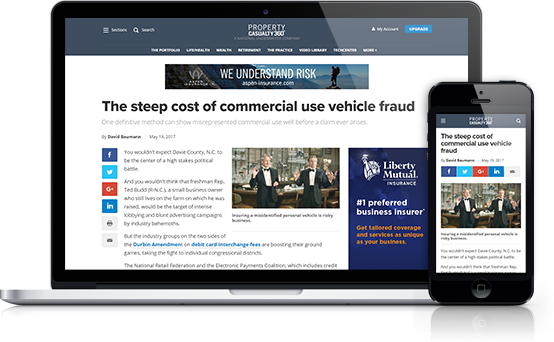The old adage claims there is an exception to every rule, but in measuring an insurance carrier's appetite for risk, too many exceptions slow the process of policy issuance and too few exceptions create risks the carrier might not be interested in carrying.
Such is the challenge for rules-based underwriting and exception-based underwriting, which Deloitte principal John Lucker describes as "intertwined." Rules-based underwriting uses a mainstream process flow and is more narrowly designed to include the basic rules a company has established in its underwriting department to induce straight-through processing. Information enters the underwriting process, and the rules-based system reviews the information and processes a logic flow.
Exception-based underwriting, explains Lucker, takes place when data proceeds through the normal flow and the system detects something different about the particular policy application. The system automatically channels that risk to either a human underwriter or a subordinate process to deal with it.
Recommended For You
Want to continue reading?
Become a Free PropertyCasualty360 Digital Reader
Your access to unlimited PropertyCasualty360 content isn’t changing.
Once you are an ALM digital member, you’ll receive:
- Breaking insurance news and analysis, on-site and via our newsletters and custom alerts
- Weekly Insurance Speak podcast featuring exclusive interviews with industry leaders
- Educational webcasts, white papers, and ebooks from industry thought leaders
- Critical converage of the employee benefits and financial advisory markets on our other ALM sites, BenefitsPRO and ThinkAdvisor
Already have an account? Sign In Now
© Touchpoint Markets, All Rights Reserved. Request academic re-use from www.copyright.com. All other uses, submit a request to [email protected]. For more inforrmation visit Asset & Logo Licensing.







